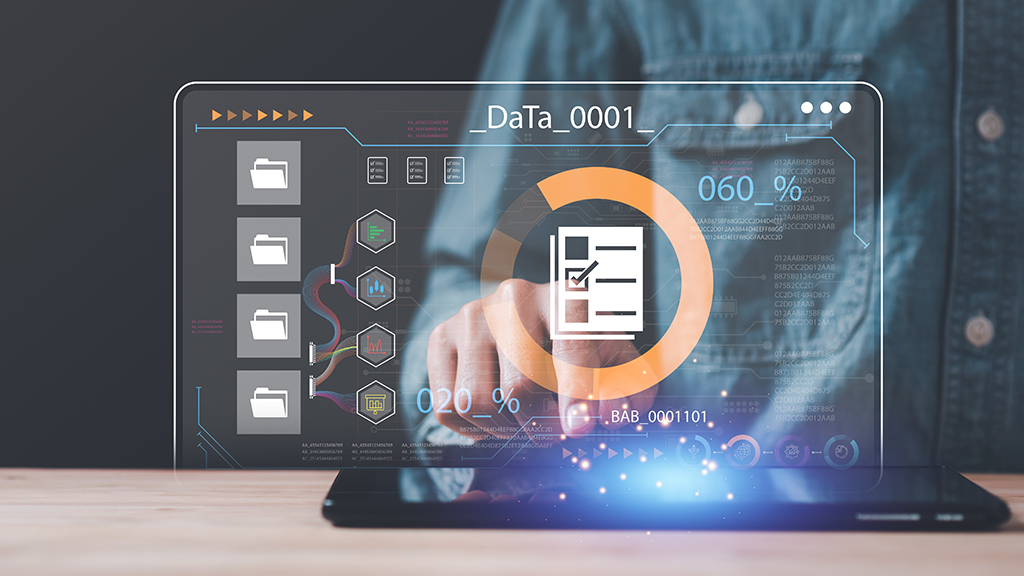
Global Content Lead - Tech & Consulting
Subscribe to the newsletter
Just because your business is not as big as Walmart’s doesn’t mean you can’t benefit from Supply Chain Management (SCM). Running out of stock is a nightmare for every retailer, regardless of the size of the business. Grocery Retail is no different. Food retail has always been a tough and turbulent market, but grocery itself has taken a dramatic twist we haven’t seen in decades.
After the pandemic struck, consumer shopping patterns and preferences changed rapidly. Moreover, bottleneck competition in the form of quick commerce apps, grocerants, and specialty stores selling organic and sustainable consumer products forced grocers to innovate. The pressure kept piling up as big supermarkets and hypermarkets expanded their footprints to eCommerce channels. On top of these challenges lay supply chain imbalances which took a toll on customers’ experiences and businesses’ profitability.
Build Next-Generation Supply Chain Operations with the right ERP Solution
An efficient ERP solution is the backbone to support good business practices and helps provide all the tech stack a business needs. That is where a modern and leading enterprise resource planning (ERP) platform like Dynamics 365 Super & Hypermarkets Solution designed specifically for your grocery retail, can help you.
Take notes on the following 4 ways a dynamic ERP platform can help your business.
1. Maximize Profit With A Streamlined Grocery Retail Supply Chain
An ERP solution streamlines the movement of your stocks and ensures seasonal demand management by monitoring the critical control points of your supply chain. This reduces procurement and stock replenishment challenges and overcomes delays in data transfer and lack of real-time visibility. It also ensures accurate and optimized inventory management to drive efficiency and operational agility for your grocery business.
2. Reduce Carrying Costs and Unnecessary Spoilage
An ERP plays a significant role in ensuring the automation of necessary functions so that inventory purchasing, organizing, and transferring of stocks are in sync. The system also helps maintain optimal levels of stock by integrating the inventory needs of a business. This enables businesses to have clear visibility into stock levels at multiple locations, reduce storage costs, and ensure smart resource allocation.
3. Achieve Enterprise-Wide Cost Controls
The benefits of a cutting-edge ERP are manifold, from integrating business processes across departments to streamlining your purchasing, finance and operations, sales, and human resource processes. It can also eliminate monotonous manual work and increase accuracy through digitization. Giving you precise facts and figures to make data-driven intelligent business decisions.
4. Maintain Food Safety Modernization Act (FSMA) Compliance
Adhering to and following the FSMA, grocery retailer businesses can run more efficiently and profitably.
Now that it is clear to you how we can help let’s look at the ways we can bring value to your business. As a grocery retailer in the 21st century who wants to stay ahead of the pack, you need fool-proof technology and ground-breaking innovations to uplift your store’s supply chain.
So, what practices can, and should, grocery retailers follow to make sure their supply chain operations are running smoothly? Let’s take a look at how businesses can draw value and drive growth through efficient supply chain management in grocery retailing.
Best Practices for Supply Chain Management
1. Use Cloud-Based Software to Track and Manage Inventory in Real Time
To ensure your store never runs out of stocks and product assortments, you need a reliable means of tracking your inventory levels. Implementing a cloud-based SCM software will help you keep track of your inventory, eliminating any shortages or excessive surpluses of stock. In addition, having access to past data, historical sales, changes in trends, and competitive price waves will help you forecast better.
2. Become Part of a B2B E-Procurement Network
A grocery and supermarket supply chain involves many parties, from suppliers to manufacturers, and distributors to customers. One way to simplify this complicated network is with B2B e-procurement, which can help you share information about what you need and when. It also helps retailers respond to risk and proactively predict possible problems to stay ahead of supply chain disruption.
3. Make sure your Marketing and Sales Teams are in Sync
Both teams go hand in hand with one another, if you do not know what your customers want and when they want it, even the best strategies can fail miserably. How does it work? The marketing team finds out what products your customers want, what they currently demand, and how you will advertise to the right people. On the other hand, the sales team determines where it can be distributed to boost sales.
4. Use A Retail Vendor Portal
This software facilitates efficient collaboration and data exchange between retailers and vendors through an interactive and user-friendly common platform. Moreover; it eliminates the hassle of manually entering data into the system and assigns work to suppliers through a monitored channel. This way, businesses can maintain the right inventory level and have an end-to-end visibility of their value chain.
5. Incorporate Complex Warehousing Operations Management
Inbound and outbound logistics are some of the most complex functions of running a business with many literal moving pieces. Incorporating warehousing management ensures both these processes are as efficient as possible. If you have these processes set in place, you can play bigger in the next step, which is keeping increased inventory. Warehouse operations may be invisible to customers, but don’t forget: they play a vital role in ensuring on-time delivery.
6. Maintain Healthy Supplier Relationships
Success and efficiency do not come without having a good relationship with your supplier. They are the backbone of your business, and seeing them as an alliance is important to enhance your relationship with them. It is essential to have two-way open communication, a platform for conflict resolution, and a shared objective for continuous improvement and value.
7. Minimize Risk Through Regular Reviews
Retailers must regularly coordinate with their supply chain team to review procedures and policies. This will not only reduce process bottlenecks and streamline operations, but it will also cut down on risks and conflicts that may arise otherwise.
A step-by-step plan should be followed to overcome risk mitigation. The first step is to choose the right supplier. Make sure they are financially strong, and competent and know what exactly you want from them. Don’t forget: you are dependent on them. As a second step, focus on compressing your shipping times, maintaining buffer levels, and looking at your cycle time variations. Finally, make technology your best friend. Communicate and use this by alerting key personnel when actions have to be taken from a specific person in the supply chain.
The Final Word
Grocery businesses tend to overlook the importance or need of supply chain management in their business. With the above best practices for Supply Chain Management in grocery retailing, you cannot only automate decision-making but also get complete visibility of the front-end and back-end operations and meet your business goals efficiently.
Ready to embrace the path to digital acceleration and drive growth for your grocery business? Contact us at marketing@confiz.com to learn more about how we can help!



